Complex Regional Pain Syndrome Treatment
Overview
Complex Regional Pain Disorder: Signs & Symptoms
- Continuous burning pain in the limbs – arm, leg, hand, and foot
- Noticeable change in the temperature of the affected area
- Sensitivity to cold and touch
- Stiffness or swelling of joints
- Sensory disturbances such as strange or dislocated feelings in the limbs
- Inability to effectively move the affected body part
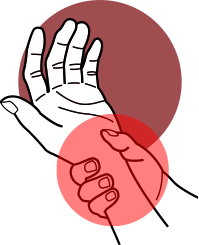
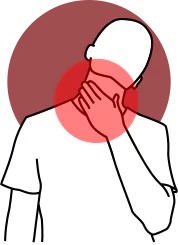
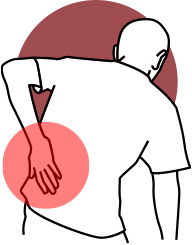
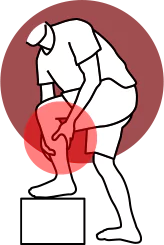
What Are The Causes?
It is hard to state one specific cause of Complex Regional Pain Disorder. However, typically, CRPS occurs due to a trauma or an injury to the arm/leg and even due to abnormalities in the nervous system.
- Type I CRPS can occur due to illness and an indirect injury to the limb
- Type II CRPS occurs as a result of direct damage to the nerves
Surgeries, heart attacks, ankle sprains, and even infections may cause Complex Regional Pain Syndrome. However, not all such cases would compulsorily lead to CRPS, which is why there’s no specific explanation as to how certain injuries cause CRPS.
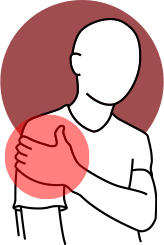
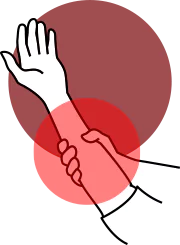
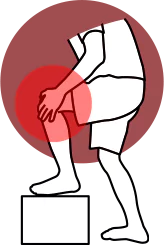
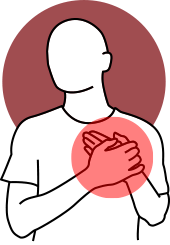
When To See A Doctor?
It is important to note that the cure for any disorder or condition depends on how early it has been detected. Likewise, it’s vital to check complex regional pain syndrome stages and get it treated by a complex regional pain syndrome specialist early to get the best results.
- You experience constant severe pain in the limbs
- The constant change in temperature of the affected area
- Swelling, redness, and hypersensitivity in the affected area
- Difficulty in moving the affected limb

Regain Control of Complex Regional Pain Syndrome
Complex Regional Pain Syndrome Diagnosis
Dynamic Phase Bone Scan
Sweat Production Test
Magnetic Resonance Imaging
X-Ray
Prevention
There’s an age-old phrase, “prevention is better than cure” while it may not always be humanly possible to stop the inevitable, one can always take specific preventive measures to help avoid CRPS.
The following may help in reducing the chances of CRPS:
- Vitamin C after a Wrist Fracture – High dose of vitamin C post wrist fracture is proven to lower the chances of getting CRPS.
- Mobilization – Remaining bedridden even after a stroke can cause more harm than good. Hence early mobilization, i.e., resuming movements and walking after recovering from the stroke, reduces the risk of CRPS.
Treatment At Padda Institute
Send A Message
Frequently Asked Questions
Yes, there is a wide range of medications that help reduce the pain caused by CRPS. However, it is crucial to have a good diagnosis from a specialist before taking one prescription over the other.
Using cold and hot contrast therapy or ice application is generally NOT advised for people with CRPS.
